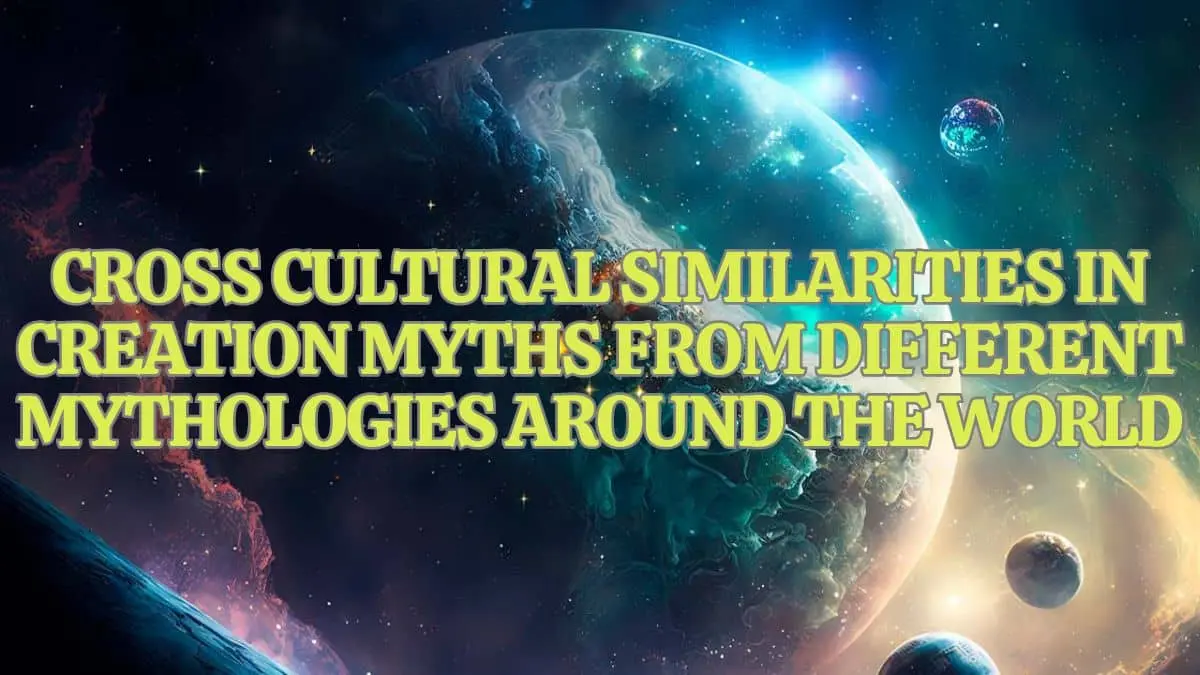Throughout history, cultures across the globe have sought to explain the origins of the world and humanity through creation myths. These stories, deeply embedded in the fabric of societies, not only offer insights into the early philosophical and spiritual beliefs of these cultures but also reveal remarkable similarities despite geographical and cultural distances. This blog explores these Cross cultural similarities in creation myths from different mythologies around the world.
Cross cultural similarities in creation myths from different mythologies around the world
Common Themes in Creation Myths
Chaos and Cosmos
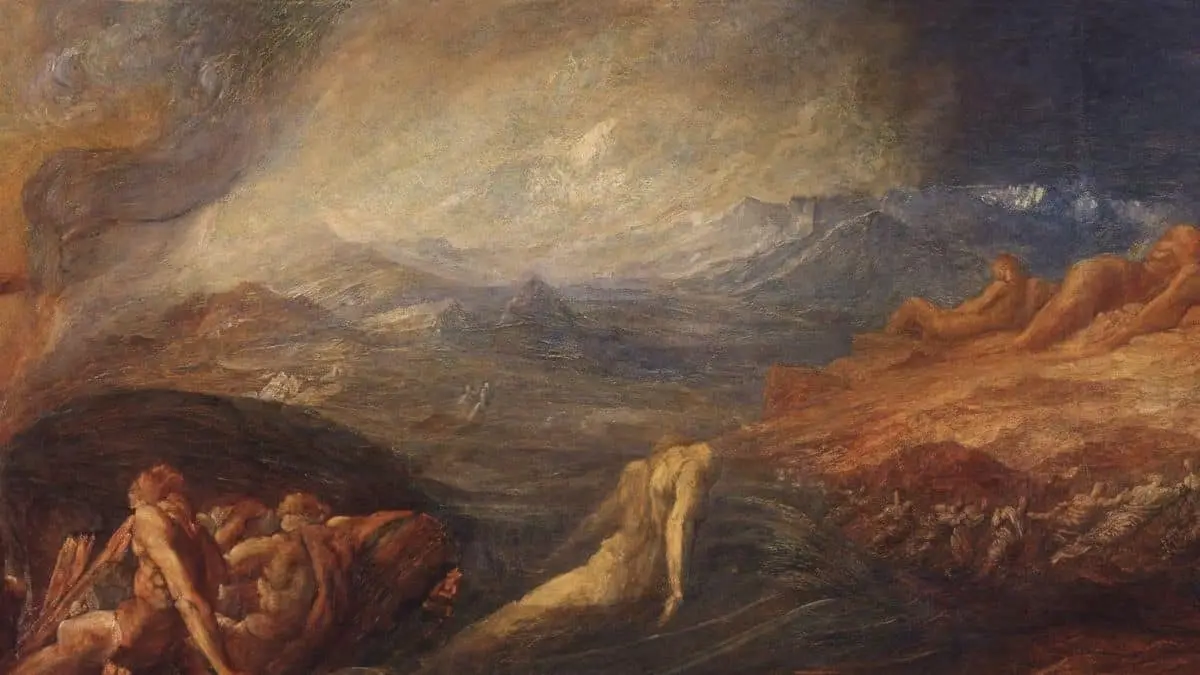
The transition from chaos to cosmos is a central theme in many creation myths, representing the emergence of order from disorder. In Greek mythology, the universe begins with Chaos, a vast and formless void. From this nothingness, the first gods and the entire cosmos are born, bringing structure to the primordial confusion.
Norse mythology also echoes this theme in its portrayal of Ginnungagap, a great void that exists before the world is formed. In this empty space, elements collide to give birth to the giant Ymir, whose body eventually becomes the world itself. The Hindu tradition offers a similar narrative, where the universe initially exists as a boundless ocean. From this cosmic sea, the god Brahma arises, seated on a lotus, symbolizing the birth of a structured world from an unformed expanse.
Primordial Beings and Cosmic Giants
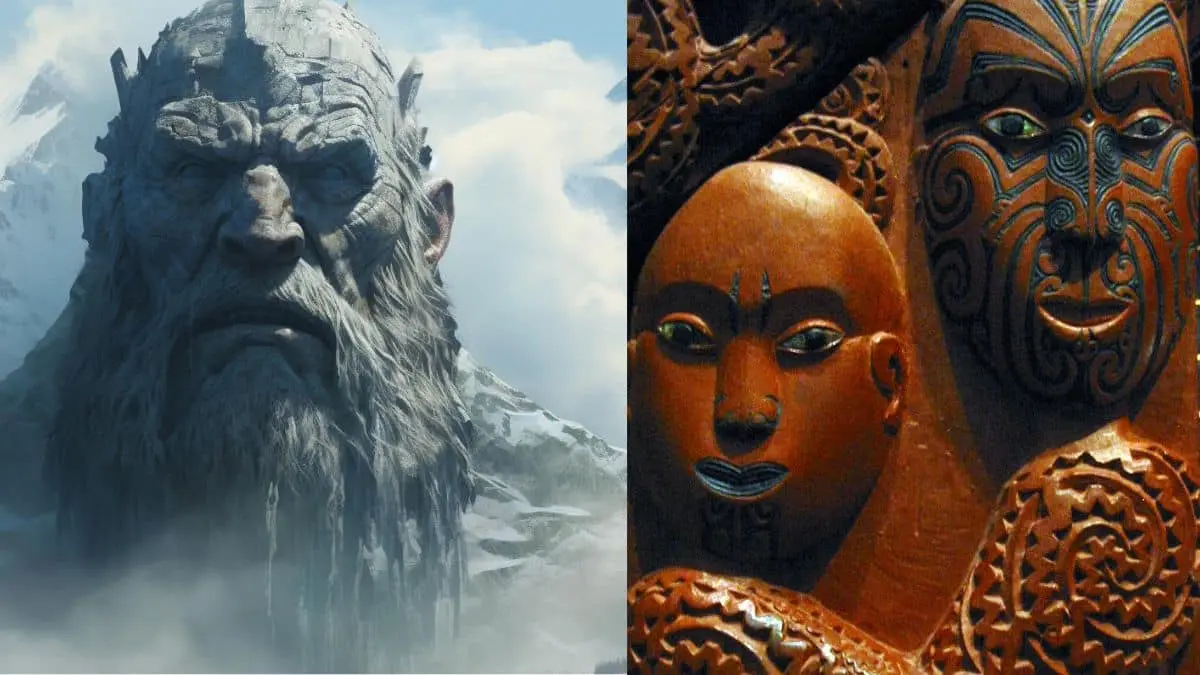
Many mythologies begin with the existence of primordial beings or cosmic giants whose bodies or actions contribute to the formation of the world. Norse mythology’s Ymir is a prime example of this, where his body parts are used to create the world.
This theme is also prominent in Polynesian mythology, where Rangi (the sky father) and Papa (the earth mother) exist as primordial beings. Their separation by their offspring leads to the creation of the natural world. Such narratives often depict these beings as personifications of natural elements, like the sky, sea, or earth, highlighting a universal human tendency to comprehend the natural world through anthropomorphic figures.
Creation Through Speech or Thought
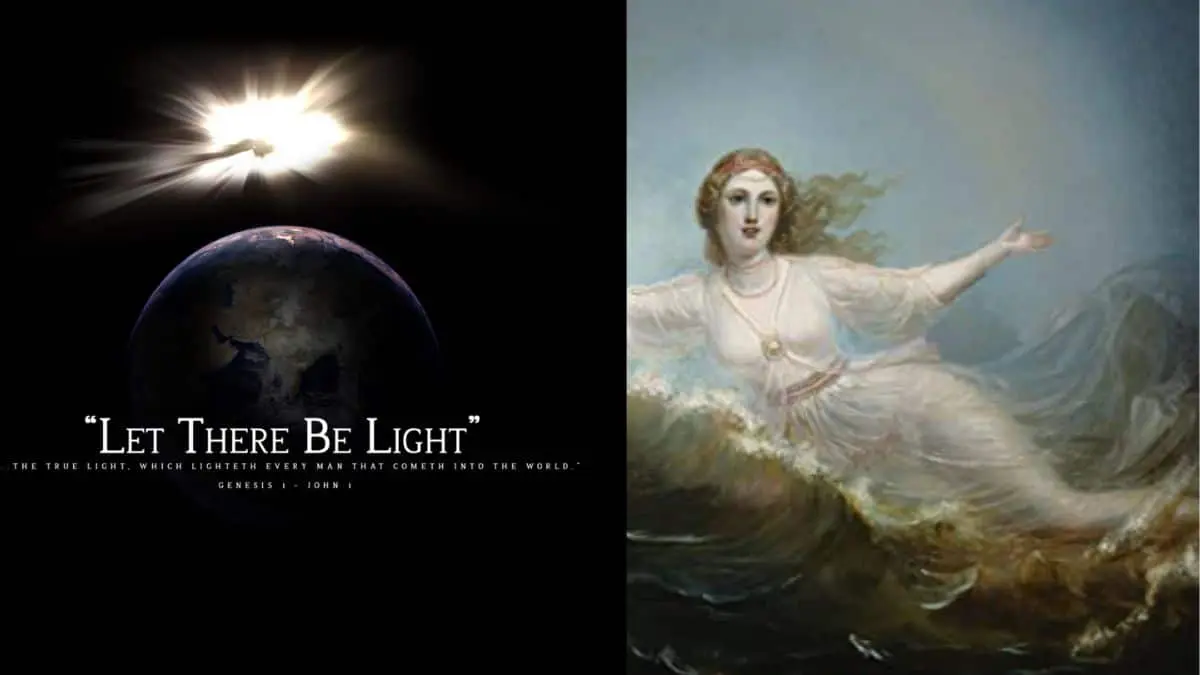
The concept of the world being created through speech, thought, or song is another recurring motif. This theme is vividly illustrated in the Biblical account, where God’s spoken word “Let there be light” brings forth creation. Similarly, in Egyptian mythology, the god Ptah uses heart and tongue – representing thought and speech – to bring the world into being.
This intertwining of thought and speech as creative forces is also found in the Finnish epic “Kalevala,” where the world is sung into existence. These stories reflect the deep-seated human belief in the power of language and thought as fundamental forces capable of shaping reality. By emphasizing the act of speaking or thinking as the method of creation, these myths highlight the significance of oral tradition and the spoken word in human culture.
Aquatic Genesis
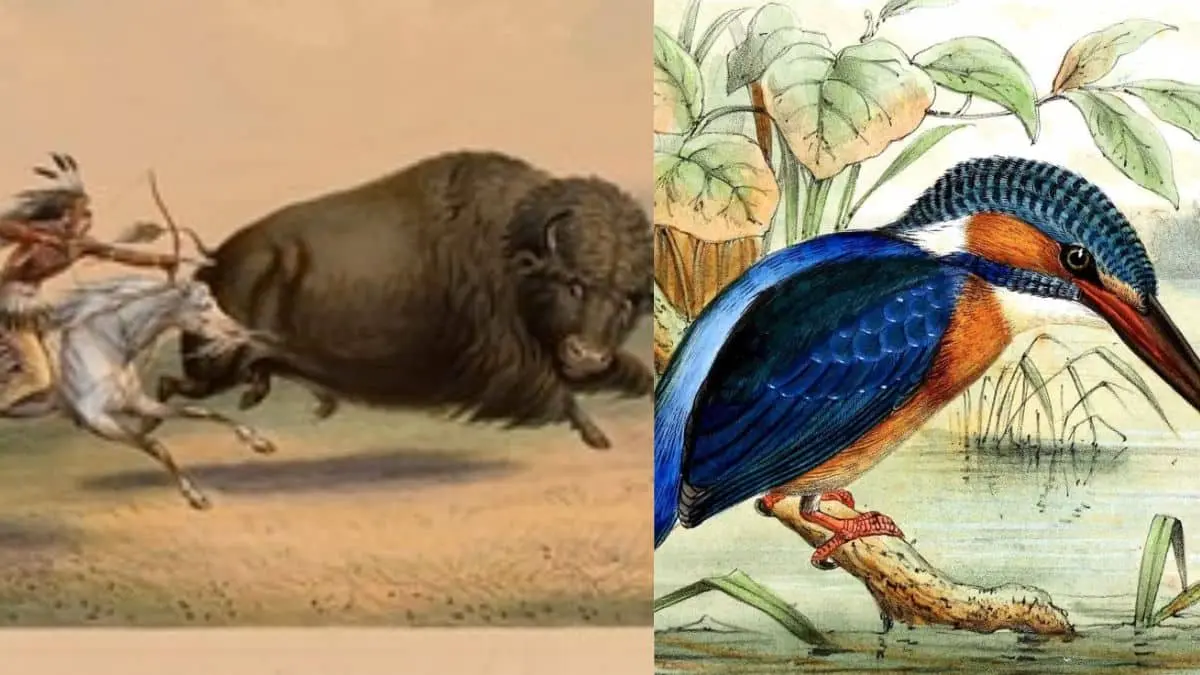
The Earth Diver myth is a compelling theme found in various cultures, most notably among Native American and Siberian group. In these stories, the world begins as a vast, lifeless ocean. A supreme deity then sends an animal, often a bird or amphibian, into this primordial sea to dive deep and retrieve soil or mud. This retrieved material becomes the foundation upon which the earth is formed. For example, in the creation story of the Cheyenne, a water bird is sent into the depths to bring up earth.
Similarly, in Siberian mythology, a diving bird or animal plays a crucial role in shaping the terrestrial landscape. These narratives symbolize the emergence of the physical world from the formless and infinite waters, a powerful metaphor for the birth of order from chaos. Interestingly, this myth aligns with scientific theories about the origin of life, which also hypothesize that life began in a watery environment.
The Cosmic Egg
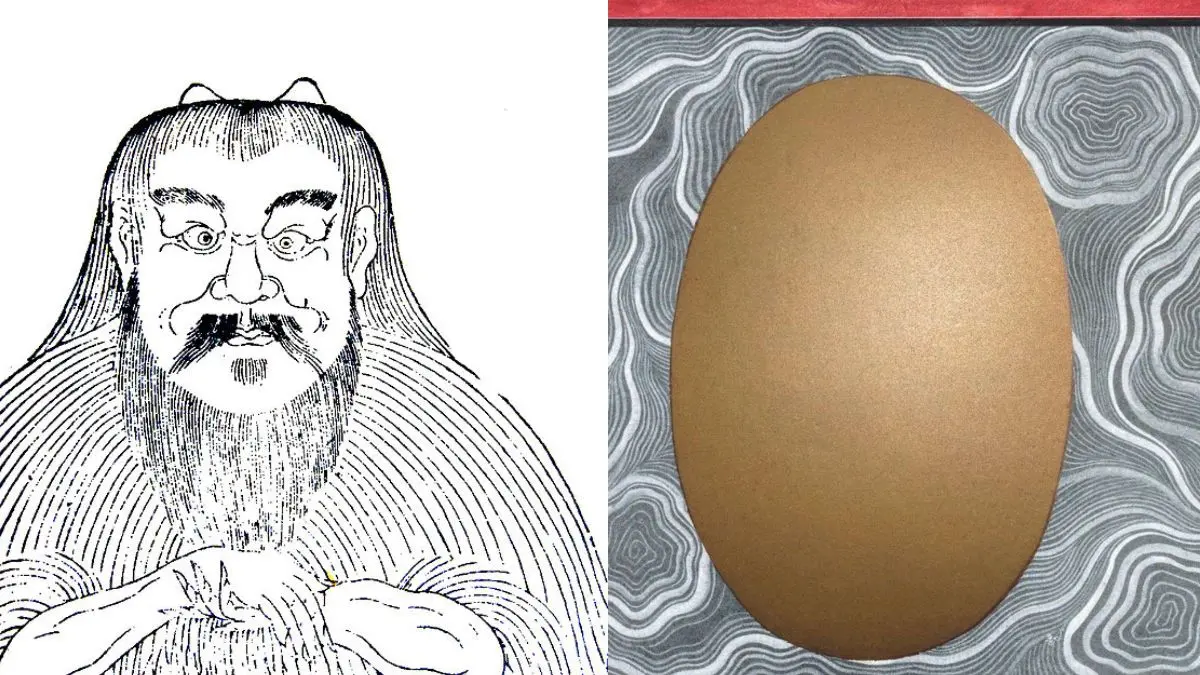
The motif of the world emerging from a cosmic egg is another widespread theme. In Chinese mythology, this concept is embodied in the story of Pangu, who emerges from a cosmic egg. As Pangu grows, the egg expands, and ultimately, its parts form the various elements of the cosmos – the shell fragments become the heavens and the earth, while Pangu’s body transforms into mountains, rivers, and other natural features.
In Hindu mythology, the universe is similarly envisioned as emerging from a golden egg, known as Hiranyagarbha. This egg floats in the primordial waters until it splits into two halves, creating heaven and earth. The Finnish epic ‘Kalevala’ also describes a world hatched from a duck’s egg, laid upon the knee of a goddess. The cosmic egg symbol across these cultures represents the universe’s potential and the mystery of creation. It embodies the idea of a contained cosmos, waiting to burst forth into a structured, living world.
Creation from Nothing: Understanding Ex Nihilo
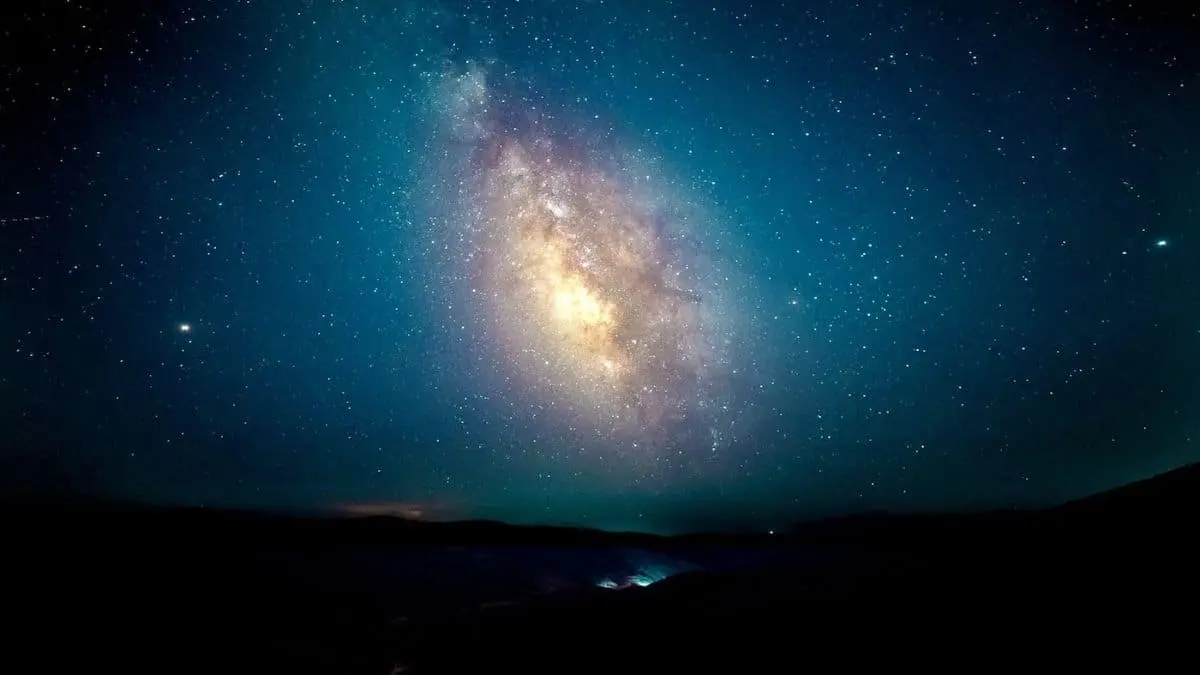
The concept of “ex nihilo,” meaning “from nothing,” is important in Judaism, Christianity, and Islam. It’s the idea that God created the world from nothing. This belief wasn’t originally in the Hebrew Bible, where the focus was more on how God organized the world rather than where the materials came from. However, by the 2nd and 3rd centuries, the idea that God made the world from nothing became a key part of Christian belief.
Interestingly, this idea of creating from nothing isn’t just found in these religions. Ancient Egyptians, some ancient Indian texts like the Rig Veda, and various indigenous cultures around the world have similar stories. In these stories, the world starts with things like a god’s speech, dream, breath, or thought. Sometimes, it’s said that the world was made from a part of the creator’s body.
Also Read: Exploring the origins of the moon in mythology
